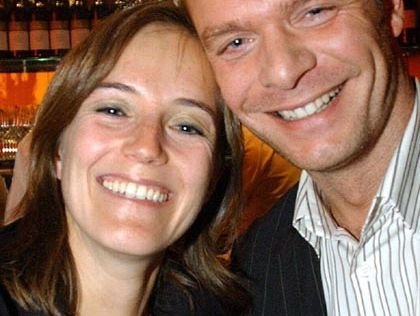Introduction
Kai Pflaume is a name synonymous with charm, charisma, and a successful career in the German entertainment industry. Known for his work as a television presenter and producer, Pflaume has captured the hearts of many viewers over the years. But recently, he made headlines for a very different reason—his personal battle with a stroke (Schlaganfall).
Understanding Stroke (Schlaganfall)
Strokes, often referred to as brain attacks, occur when blood flow to a part of the brain is interrupted or reduced, depriving brain tissue of oxygen and nutrients.
Types of Strokes
- Ischemic Stroke: Caused by a blockage in an artery leading to the brain.
- Hemorrhagic Stroke: Occurs when a blood vessel in the brain bursts, leading to bleeding in or around the brain.
- Transient Ischemic Attack (TIA): Often called a mini-stroke, this is a temporary period of symptoms similar to those of a stroke.
Risk Factors and Symptoms
Common risk factors for strokes include high blood pressure, smoking, obesity, and diabetes. Symptoms can manifest suddenly and include:
- Sudden numbness or weakness in the face, arm, or leg, especially on one side of the body.
- Confusion, trouble speaking, or understanding speech.
- Difficulty seeing in one or both eyes.
- Trouble walking, dizziness, or loss of balance and coordination.
Kai Pflaume’s Experience
Kai Pflaume’s disclosure about his stroke came as a shock to many of his fans. Details about his experience highlighted the sudden and unpredictable nature of strokes. Despite the severity, his resilience and determination have been evident in his recovery process. This incident has not only impacted his life but also brought significant attention to the importance of stroke awareness and prevention.
Importance of Early Detection and Treatment
Time is of the essence when it comes to treating strokes. The sooner a person receives medical attention, the better their chances of recovery.
Strategies for Prevention and Early Intervention
- Regular Check-ups: Routine health screenings can help detect risk factors early.
- Healthy Lifestyle Choices: Maintaining a balanced diet, regular exercise, and avoiding smoking can significantly reduce the risk of stroke.
- Recognize the Signs (FAST):
- Face Drooping: One side of the face droops or is numb.
- Arm Weakness: One arm weak or numb.
- Speech Difficulty: Speech is slurred, or person is unable to speak.
- Time to Call 911: If any of these symptoms are present, immediate medical attention is crucial.
Personal Stories and Advice
Many stroke survivors have shared their journeys, offering hope and inspiration to others. Here are a few insights and pieces of advice from those who have navigated this challenging path:
- Stay Active: Regular physical activity can aid in recovery and reduce the risk of future strokes.
- Seek Support: Joining support groups can provide emotional and practical assistance.
- Follow Medical Advice: Adhering to prescribed medications and therapies is essential for recovery.
Kai Pflaume’s Advocacy and Awareness Efforts
Since his stroke, Kai Pflaume has become an advocate for stroke awareness. His efforts include public speaking, participating in awareness campaigns, and supporting organizations dedicated to stroke research and patient support. His advocacy work is helping to educate the public about the importance of stroke prevention and early treatment.
Conclusion
Kai Pflaume’s stroke experience serves as a powerful reminder of the importance of health and early detection. By understanding the risk factors, recognizing the symptoms, and making healthy lifestyle choices, we can better protect ourselves and our loved ones from the dangers of stroke. Let’s take a lesson from Kai Pflaume and prioritize our health today.
If you or someone you know is at risk for stroke, seek medical advice and take proactive steps to reduce the risk. Community support and awareness can make a significant difference in the fight against stroke.



